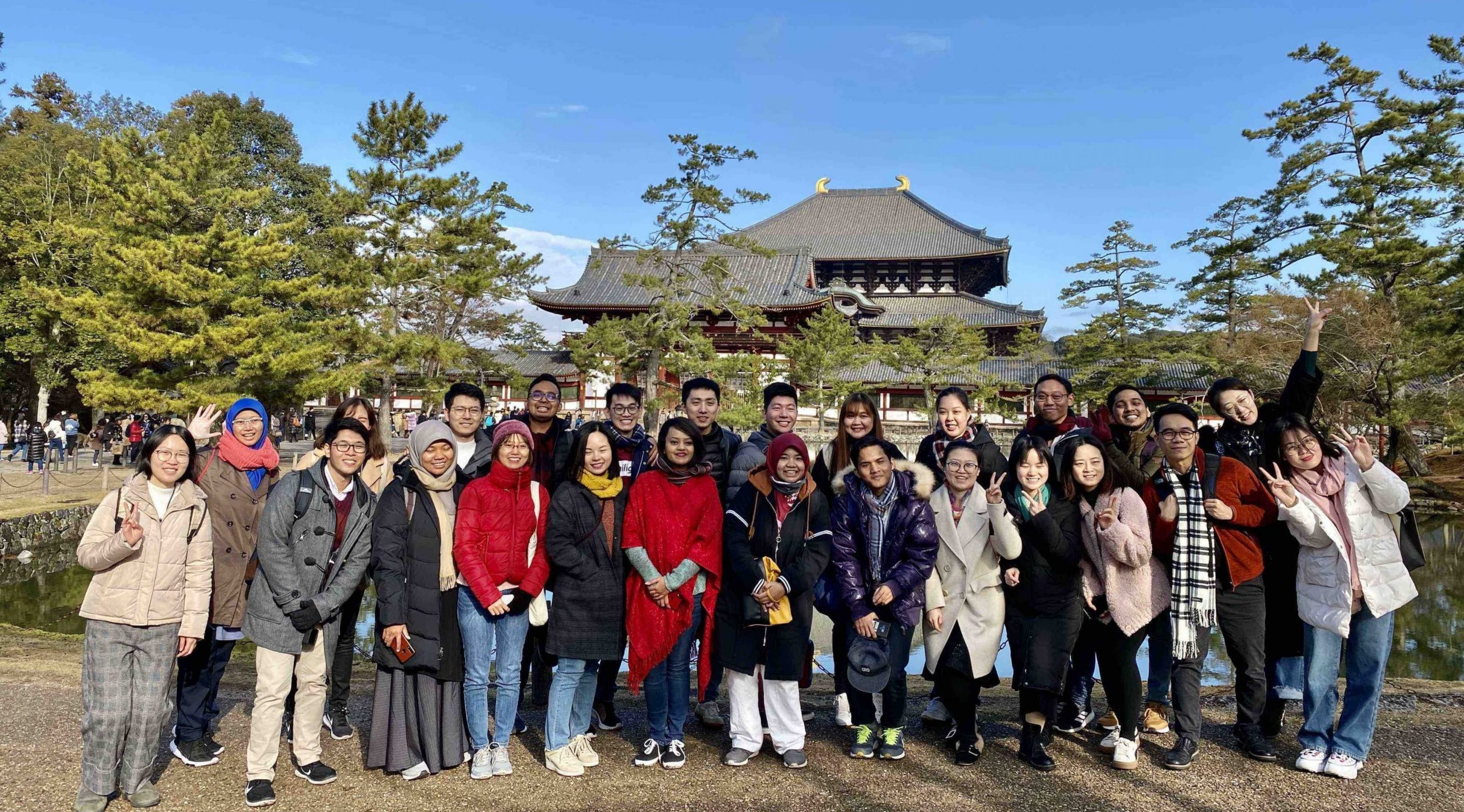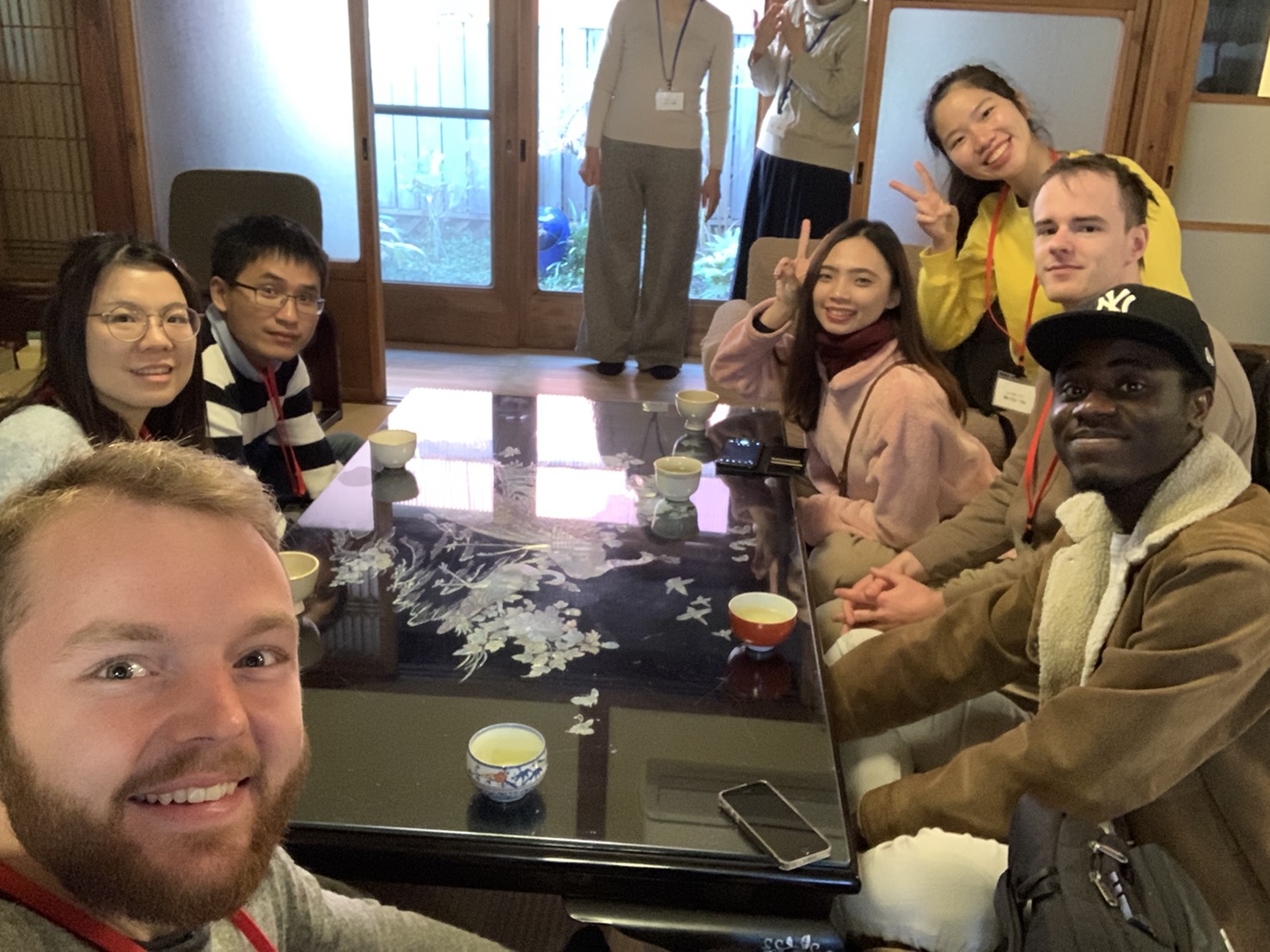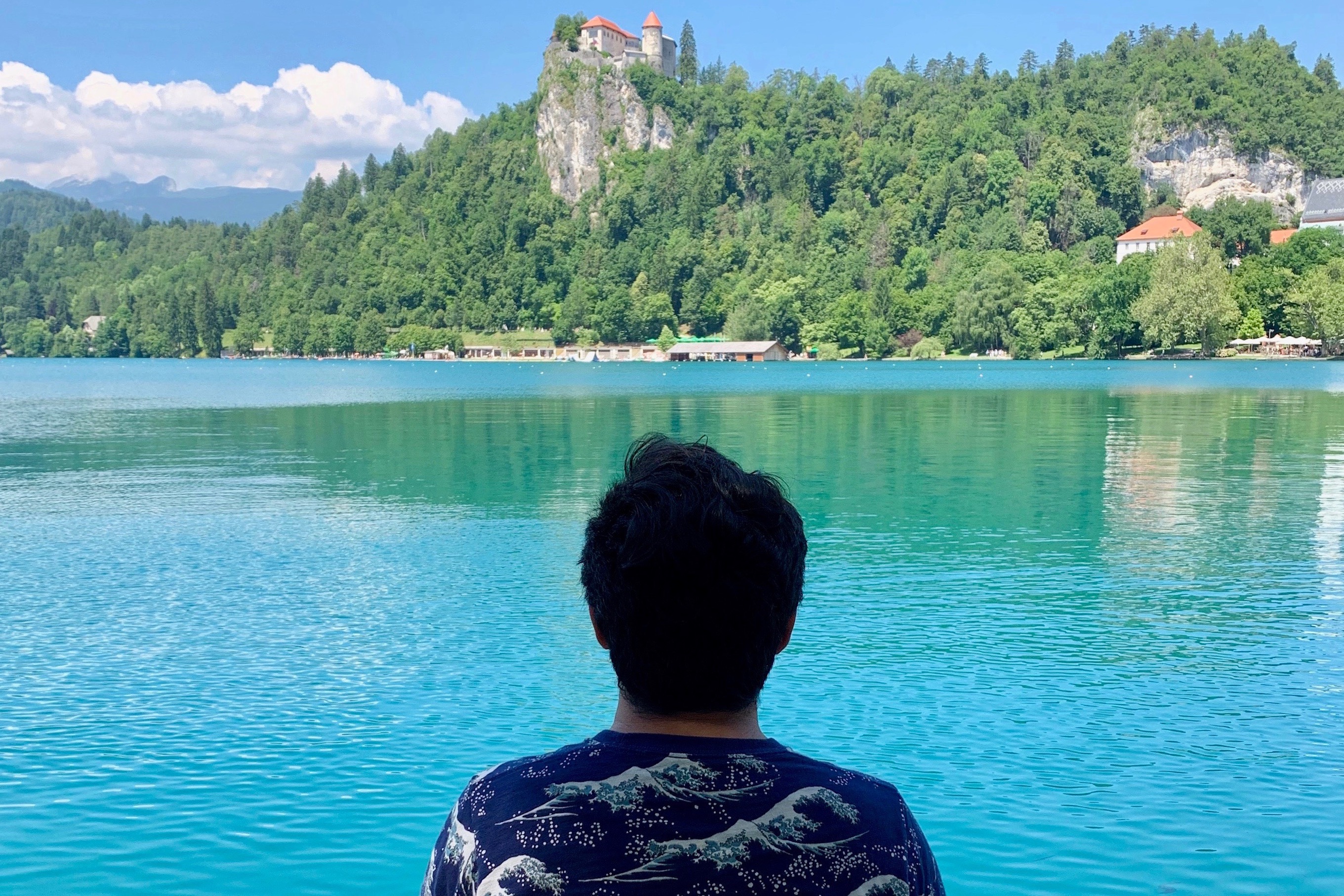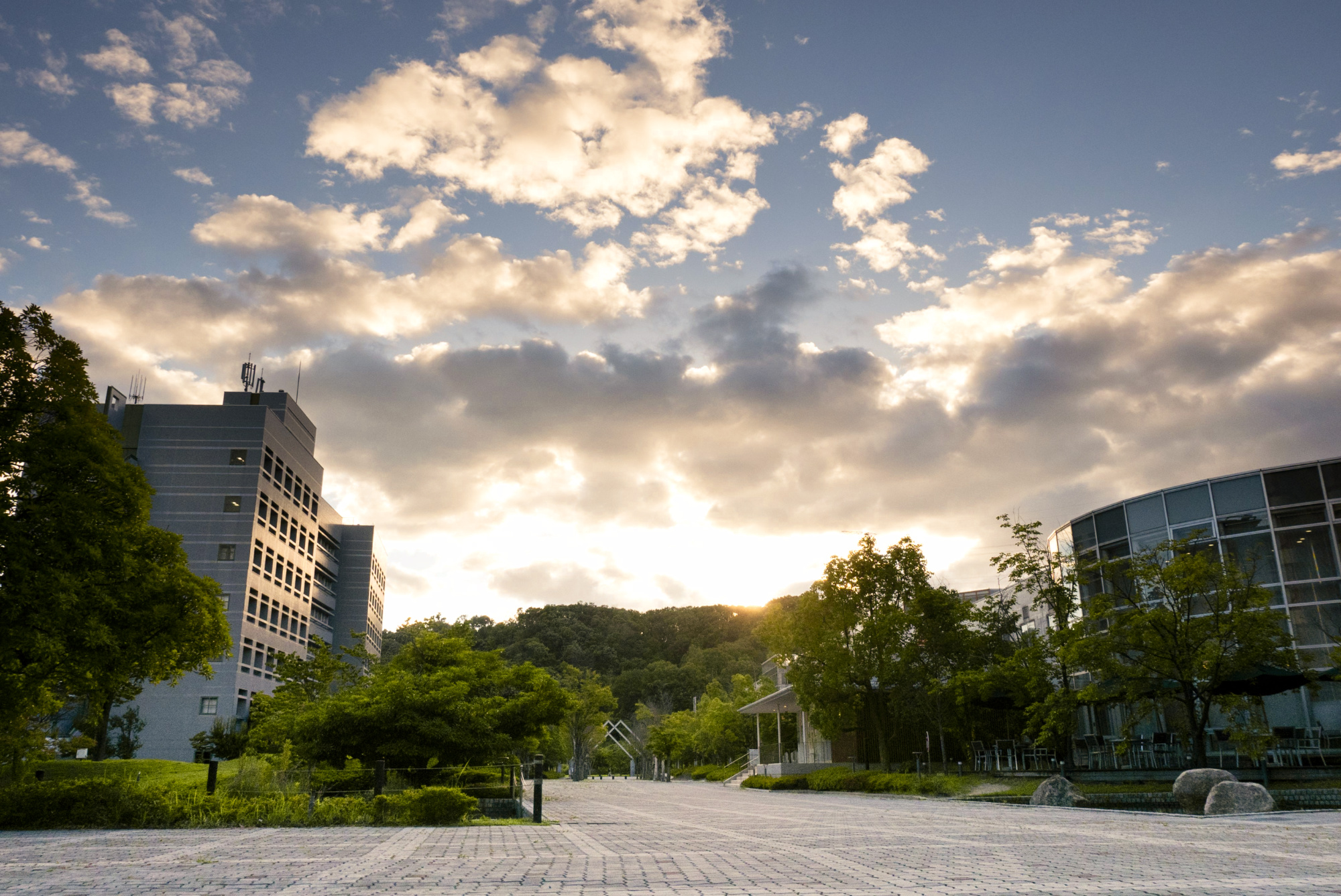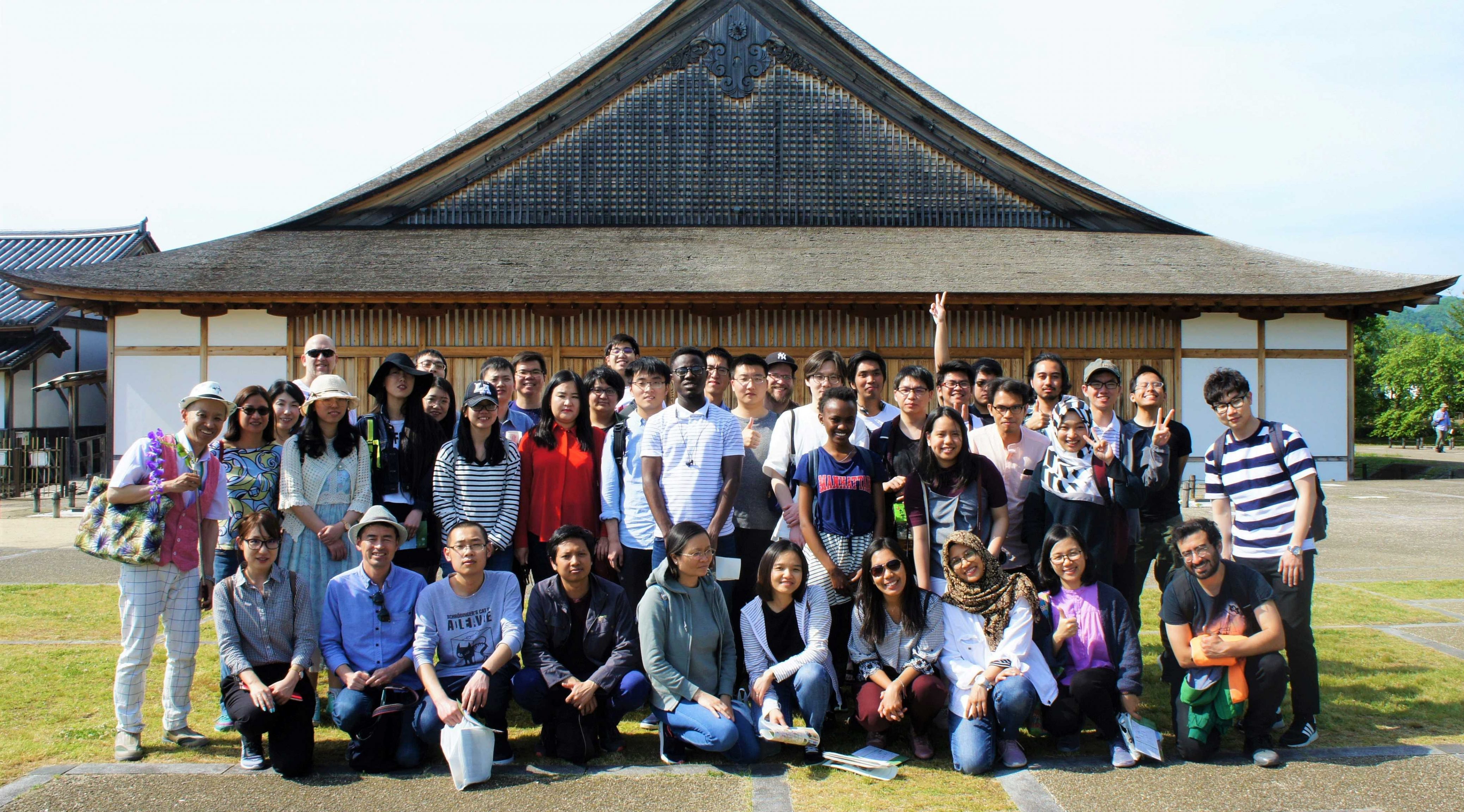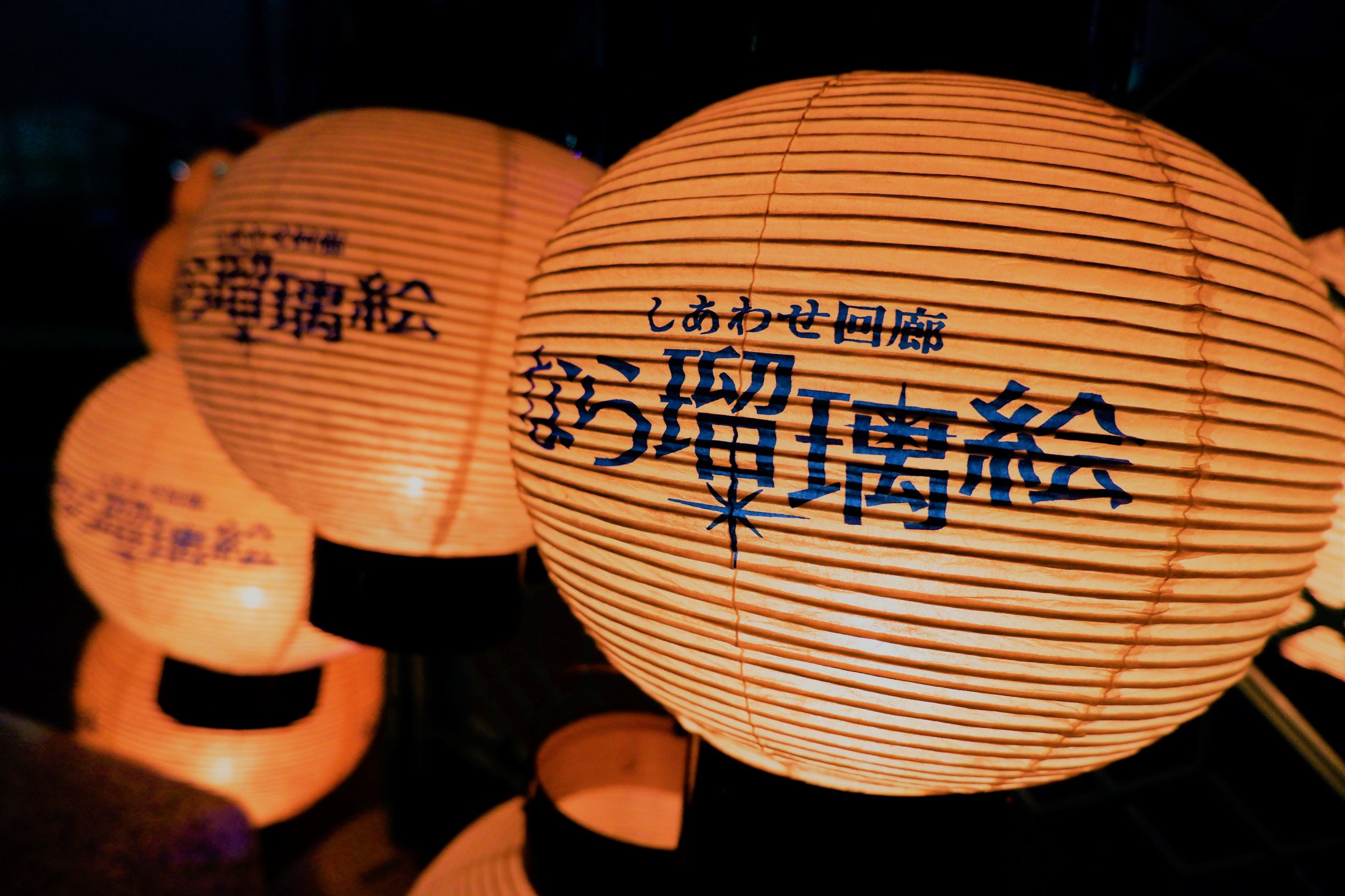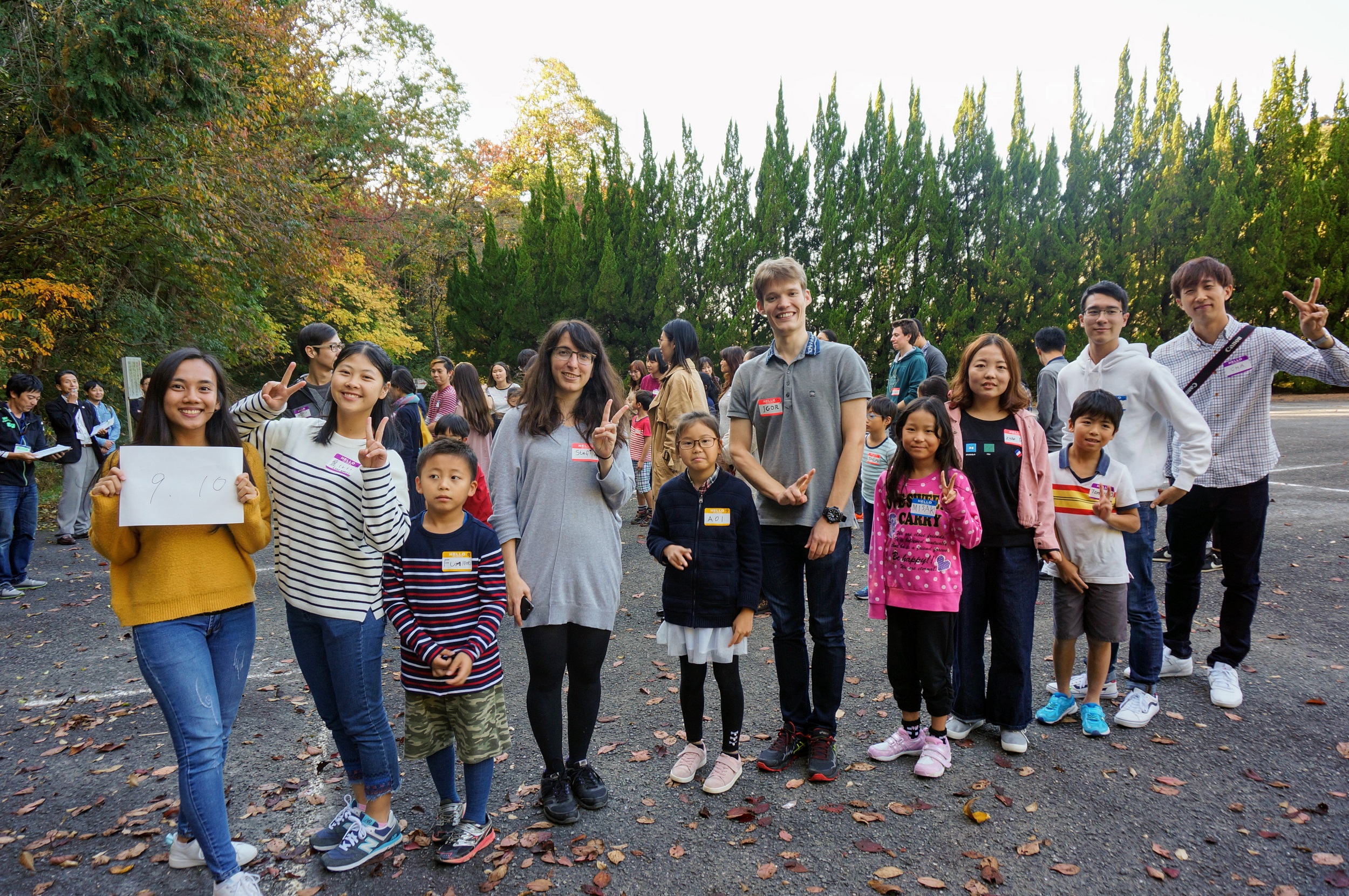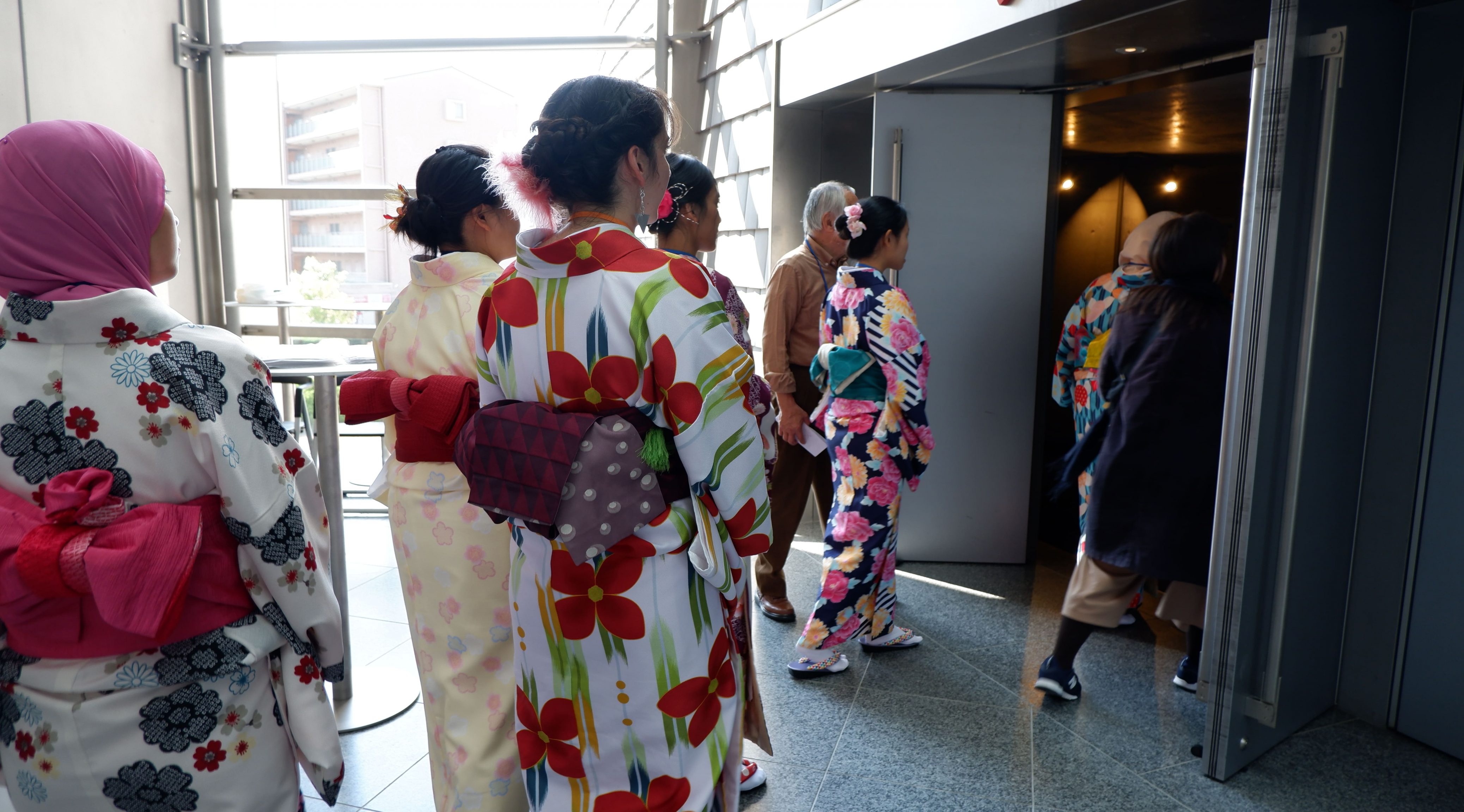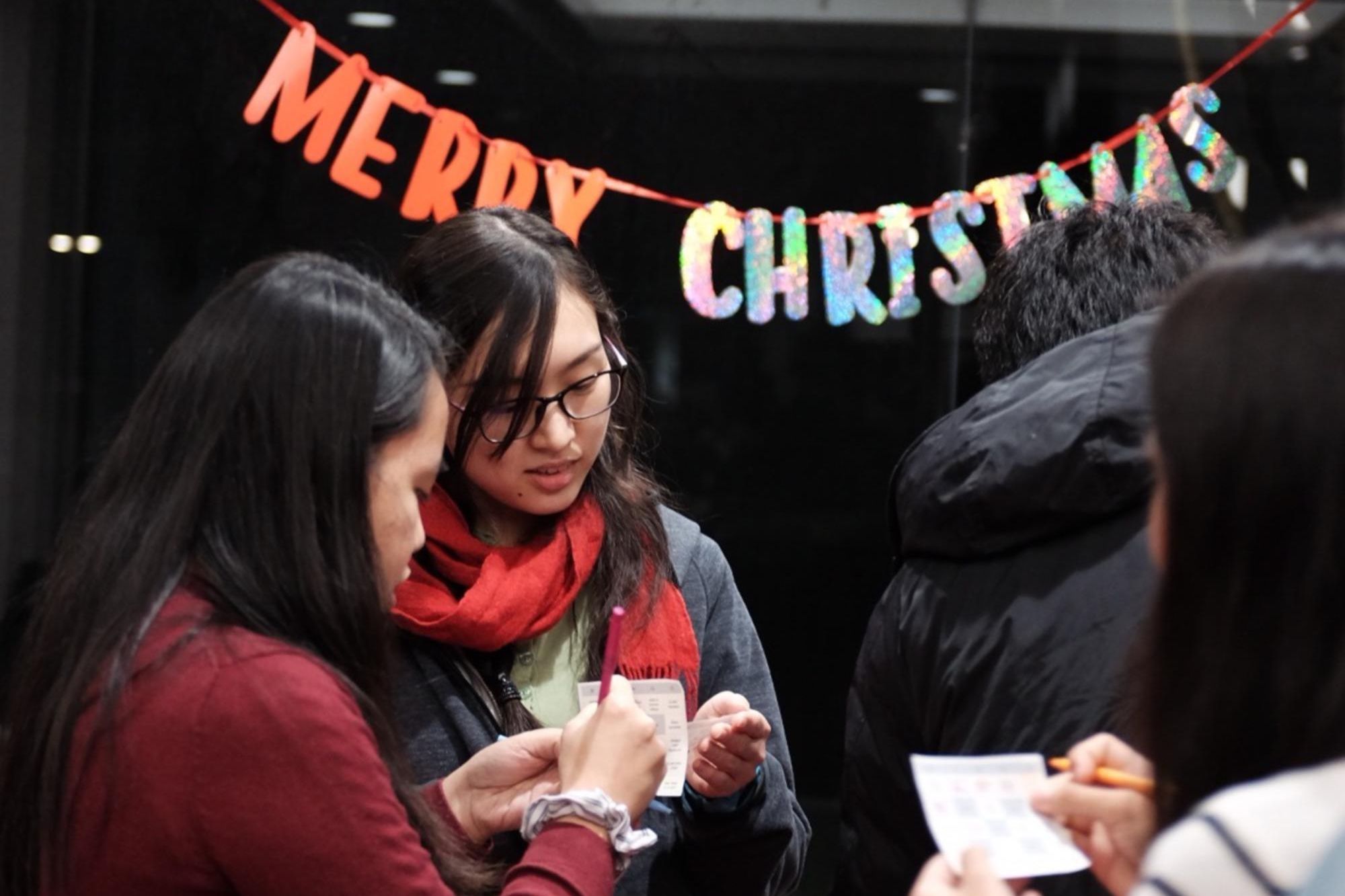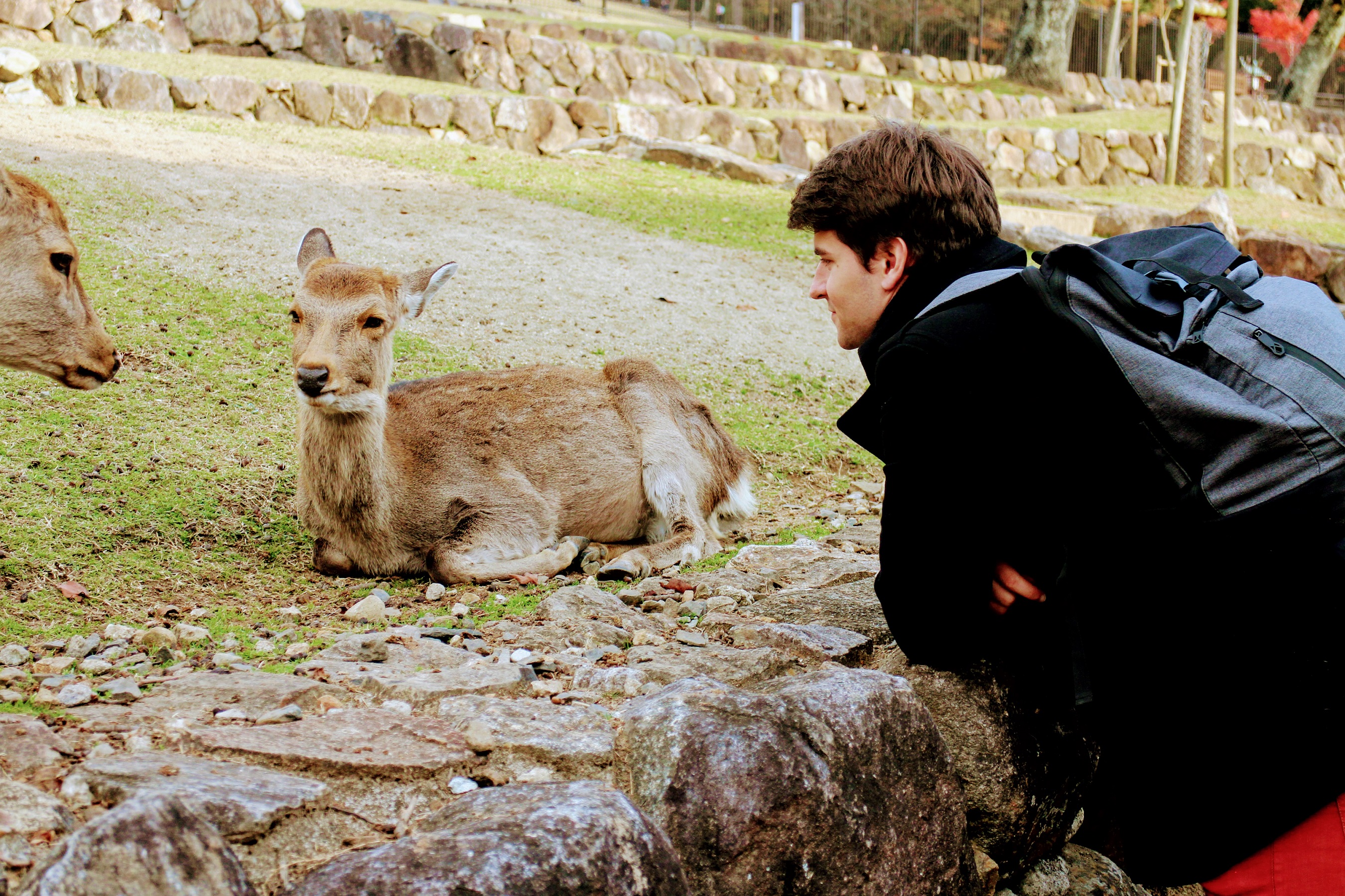NAIST Biology Pre-screening Internship 2020 participants enjoyed an awesome fun-packed weekend last January 18-19 around places here in Kansai. This excursion was organized by 8 volunteers from the current international students of the Division of Biological Science.
Continue reading Weekend Excursion with 2020 NAIST Biology Pre-screening internsCategory Archives: Culture
International Students Tour: An Excursion in Tawaramoto Town
In a recent tour led by the Nara Prefecture International Exchange Salon, twelve international students joined other universities located in the Nara Prefecture. The tour is based in Tawaramoto (田原本町), a town blessed with great history and rich natural environment, including Karako-Kagi archaeological site (唐古・鍵 総合サイト) and Momotaro’s birthplace (桃太郎生誕の地).
Continue reading International Students Tour: An Excursion in Tawaramoto TownInternship in Slovenian Summer
As NAIST stands by its mantra of “Outgrow Your Limits”, it continues to branch out and reach different parts of the world with research collaborations with many universities. With a new connection to Slovenia, I am very grateful to experience a three-month internship there.
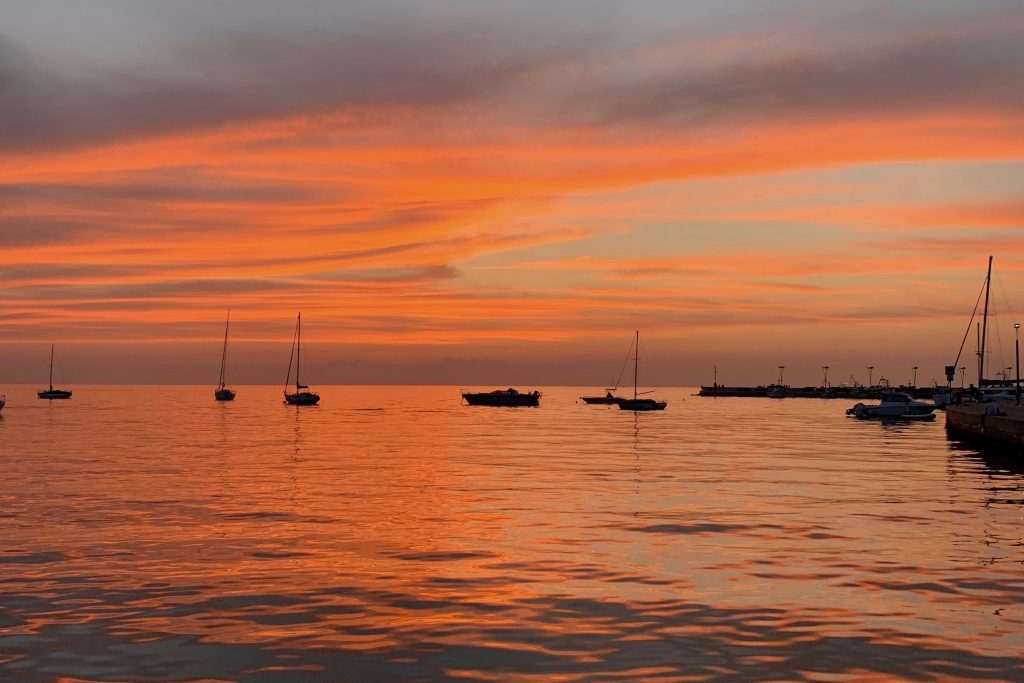
At the tip of Slovenian coastal border along the Adriatic Sea, lies the old city of Koper. At its heart is the University of Primorska, comprised of re-purposed structures like the city post office building and a government office built from the time when the area was still part of the Venetian empire. While the exterior is a testament to Koper’s rich history, the interior is keeping up with the technological state-of-the-art.
At the basement floor of the Faculty of Mathematics, Natural Sciences, and Information Technologies, are makerspace and experiment rooms of the HICUP Lab (Humans Interacting with Computers at University of Primorska Laboratory, for long). Lucky to be in a lab with the latest and coolest in tech, I got to try out among many: wood laser engraving machines (fun fact: Slovenia is 60% forest!), eye trackers, head mounted displays, optical tracking systems.
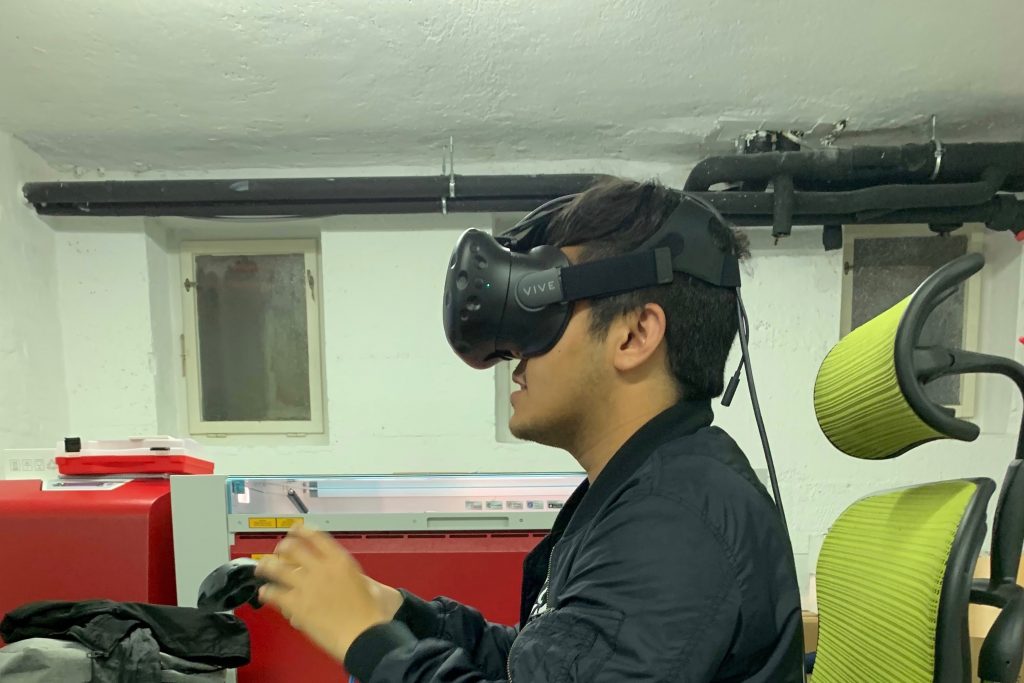
The red thing behind me is the laser engraving machine.
The lab is co-directed by Assistant Lecturers Matjaž Kljun and Klen Čopič Pucihar, who were visiting researchers at the Interactive Media Design (IMD) Laboratory in NAIST from two years earlier. Throughout our internship, they discussed research ideas with me and Title, who is also a PhD student in IMD Lab.
I worked on two projects during my stay. One was about comparing a printed blueprint versus a desktop application versus a virtual reality experience for architectural plans. The other one is a project-in-progress about gauging audience emotions based on on-screen cues for theater plays or movies.
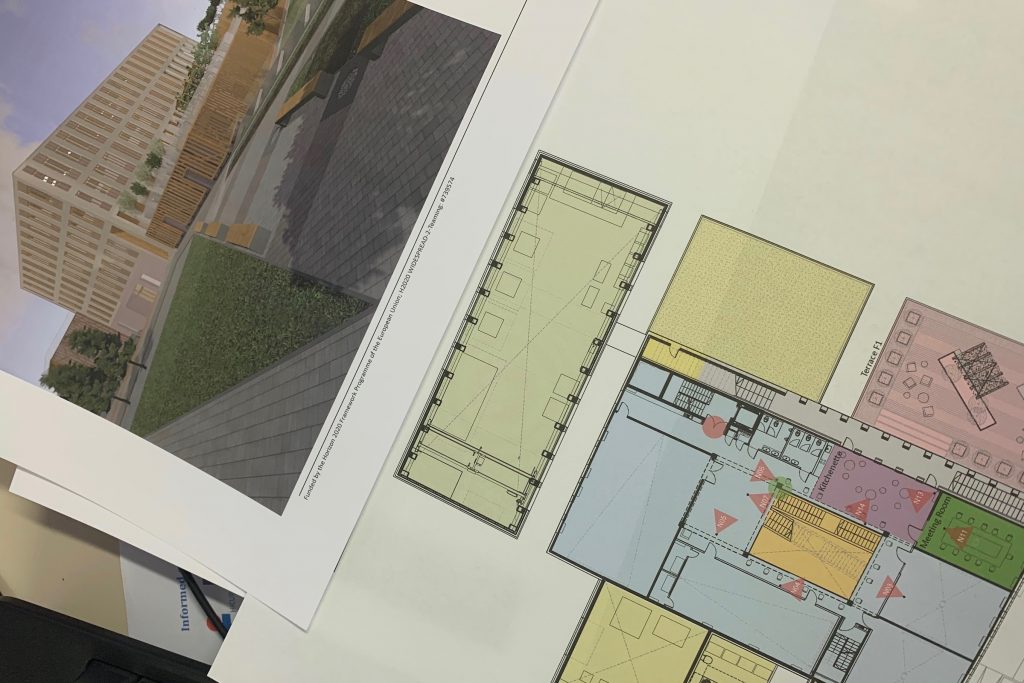
I’m very happy to have been given this opportunity to reflect on my current research direction and receive advice and feedback from experts in the area. In both IMD Lab and HICUP Lab, augmented reality and English are the main languages spoken–so it was an easy transition. The HICUP lab is also a diverse group, having members from Mexico, Sri Lanka, and France!
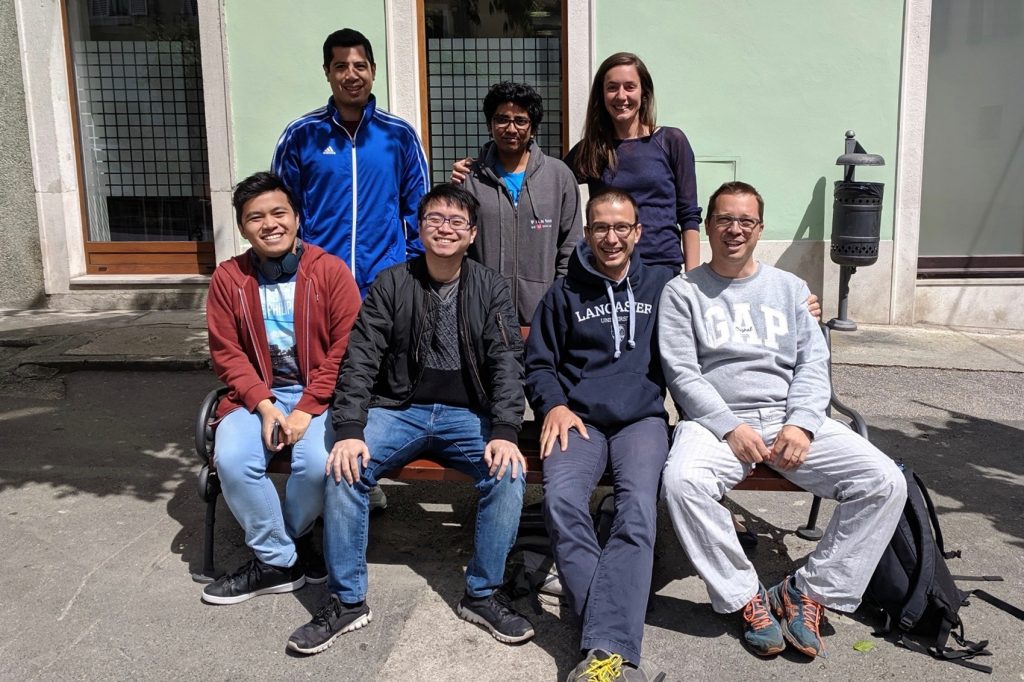
I had my worries before going for this internship, but it was actually just very pleasant. A Slovenian summer next to the Adriatic Sea offered some windy days and less humid atmosphere than what I usually have. Students had access to discount cards for nearby restaurants. The usual meals that cost €8 (¥940 as of this writing) were reduced to €3 (¥352)–a whopping 60% discount! The campus and our accommodations were by the coastline, so the walks and commute were leisurely, while the sunset sky were something to watch out for daily.
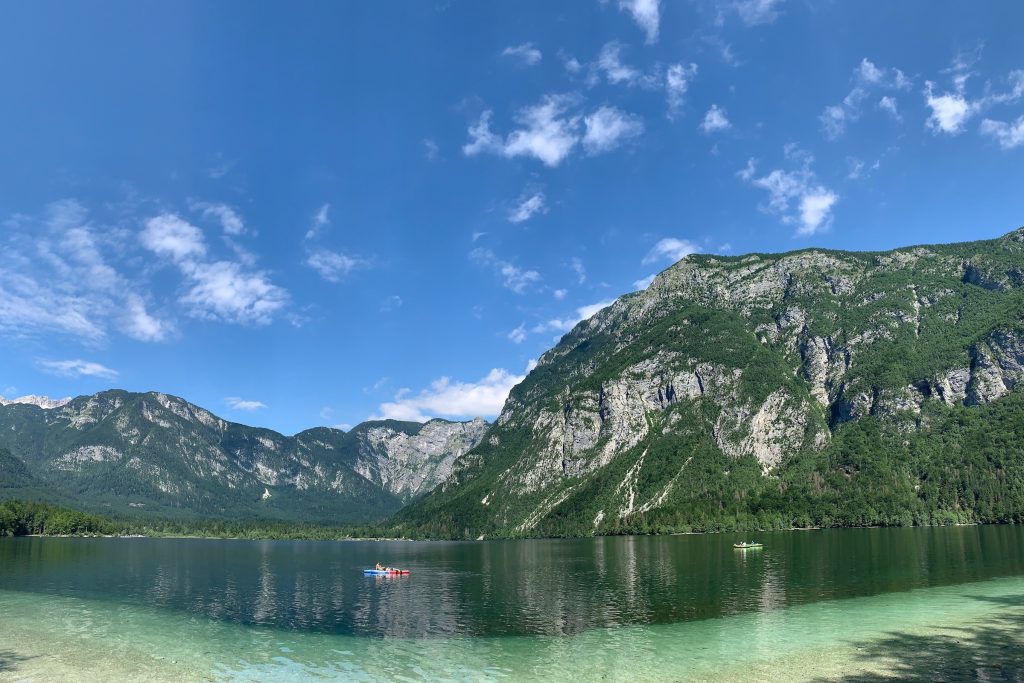
At the end of the internship, I came back to NAIST with many great memories of summer, plus a cool collaborative project that I will continue working on with people from thousands of kilometers away.
#GW2019
Golden Week 2019 is Japan’s longest public holiday in recent memory. What are the hardest-working graduate students from Takayama Science Town to do? Let’s find out!
Continue reading #GW2019A Trip Back to Ancient Japan: Tamba Sasayama International Students Excursion
Old and new NAIST international students were in for a treat as the International Student Affairs brought them to Tamba-Sasayama, an old castle town located in the heart of Hyogo, on May 12, 2019. A group of 41 eager students, from all three divisions of NAIST, joins us today! The event opens with soba-making lessons, followed by a refreshing afternoon walk around the garden, all conveniently located at Eitakuji.
We tried our hand at soba-making at Eitakuji Soba Dojo, under the guidance of a master soba maker. We were taught that traditional soba-making follows a rigorous procedure, which can be categorized into three major steps: (1) dough-making (水回し, mizumawashi), (2) flattening (丸出し, marudashi), and (3) cutting (切り, kiri).
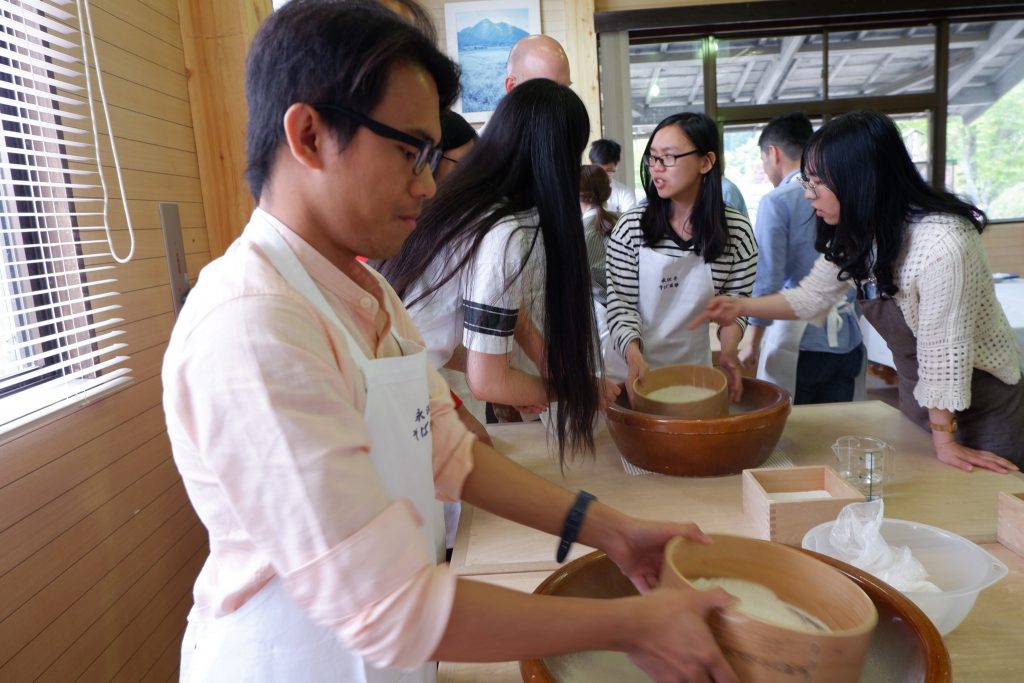
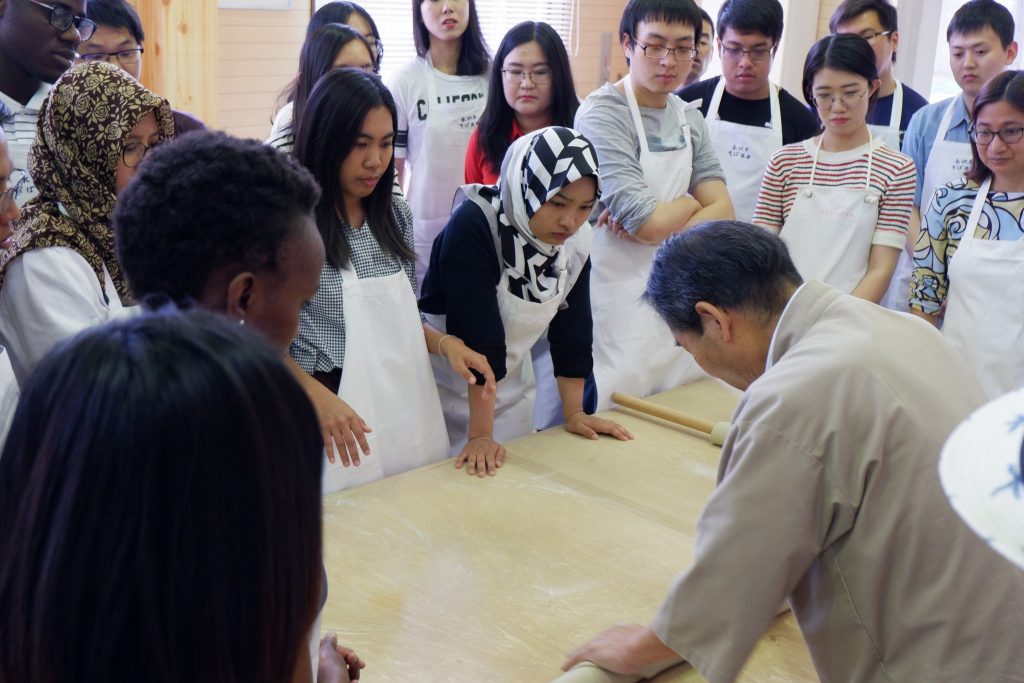
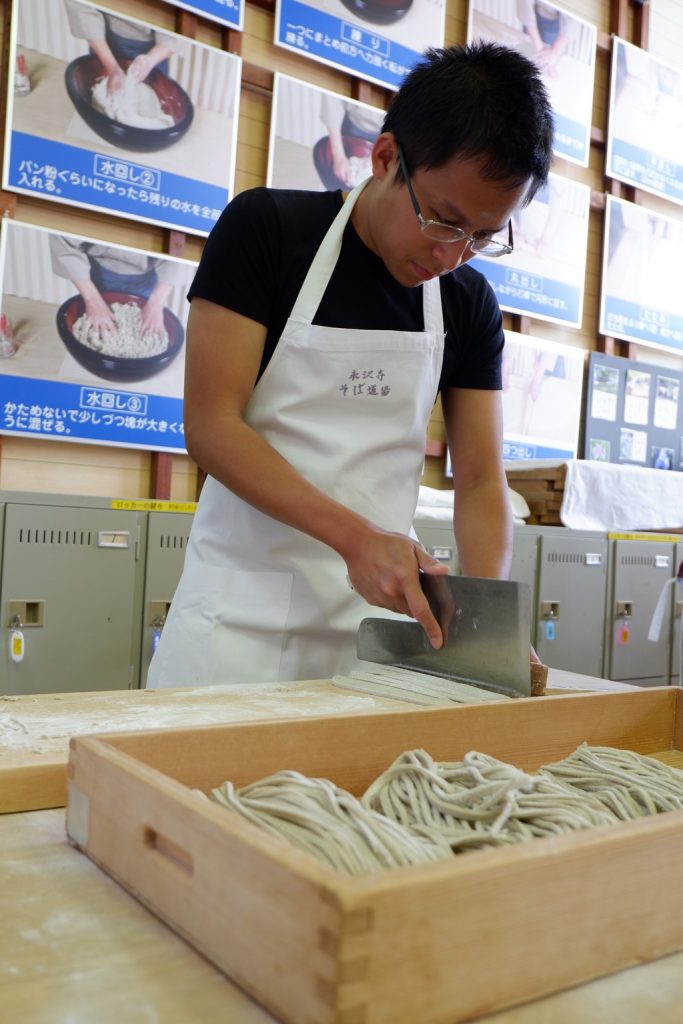
As a reward for our hard work, for making fresh soba from scratch–a hearty soba and tempura lunch!
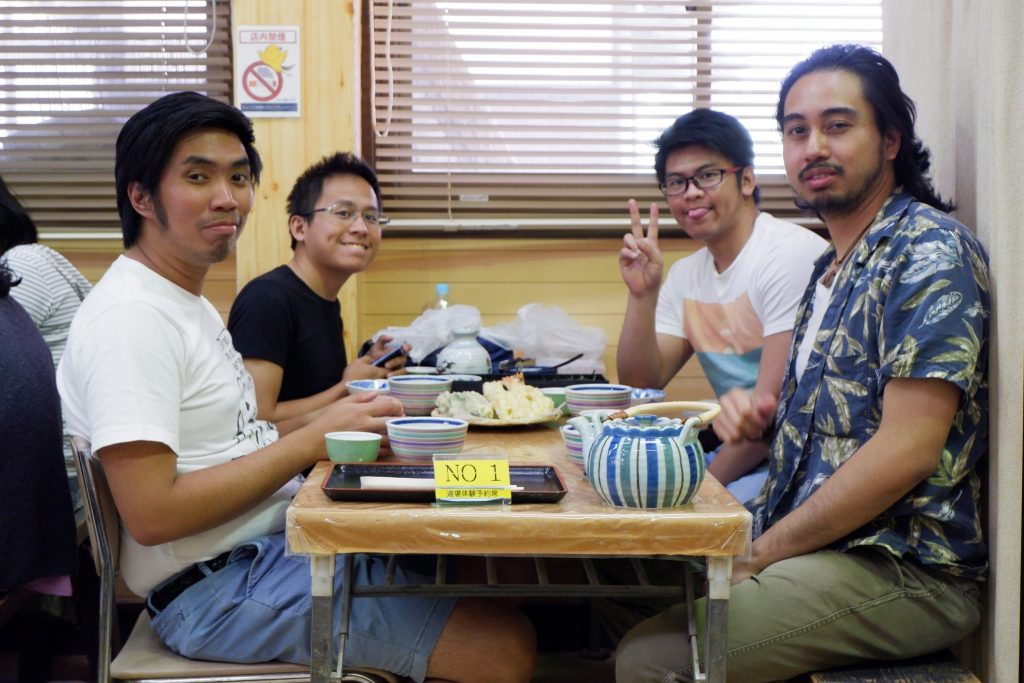
After lunch time, the group then went to the Sasayama Castle Great Lecture Hall (篠山城大書院), which is said to be comparable to Kyoto’s Nijo castle in terms of architecture. It was built on the orders of the 16th century shogun Tokugawa Ieyasu. Inside the structure are replicas of samurai armor, which are said to weigh around ten kilos each. Although this already sounds heavy, the original ones used in the ancient times are believed to be twice or thrice this weight.
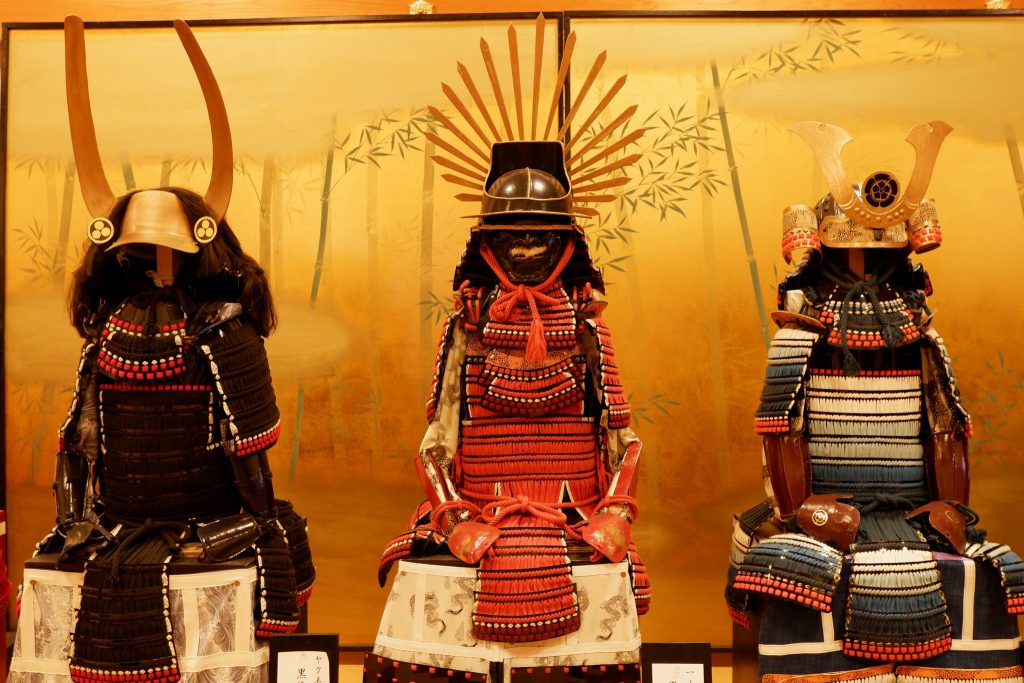
Following this is a stroll around the Aoyama Historical Village. Housed in this area is the Tamba Sasayama Dekansho Museum, where students got to enjoy a VR experience featuring a dance to the “Tamba Sasayama Dekansho Song – The Memory of One’s Home Sung with Folk Song,” which became a heritage of Japan in April 2015.
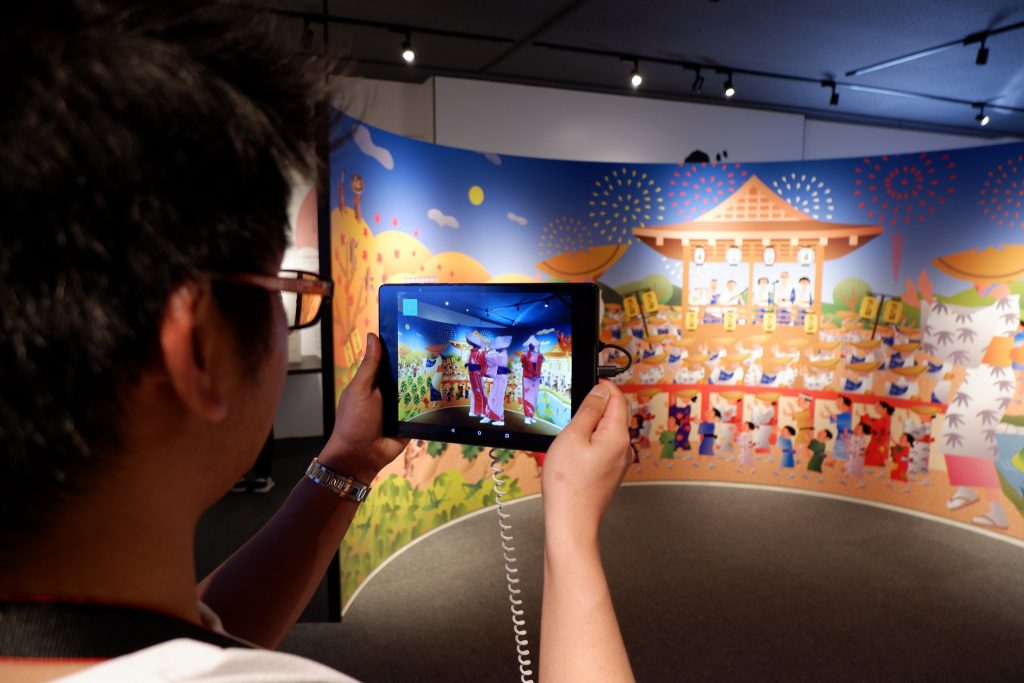
The last stop was the Samurai Residence Anma Family Historical Archive Hall, where the participants took a glimpse of a samurai’s humble abode. Descendants of the samurai are said to still reside in some of the houses within the vicinity.
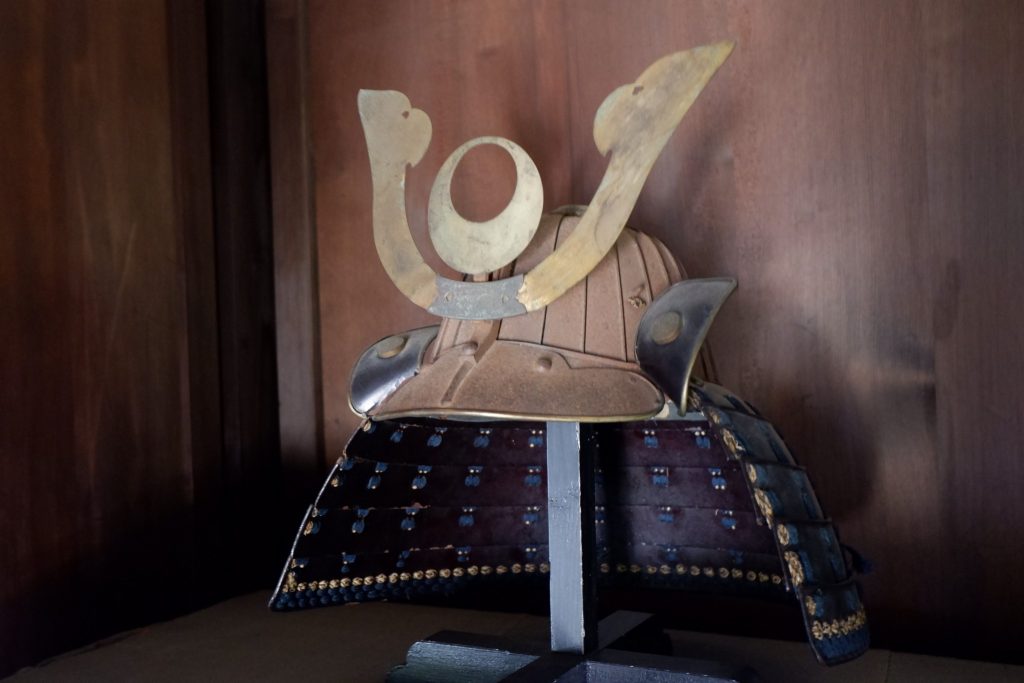
To cap off the informative and enjoyable excursion, the students enjoyed some ice cream made from the popular Tamba Sasayama black soybeans.
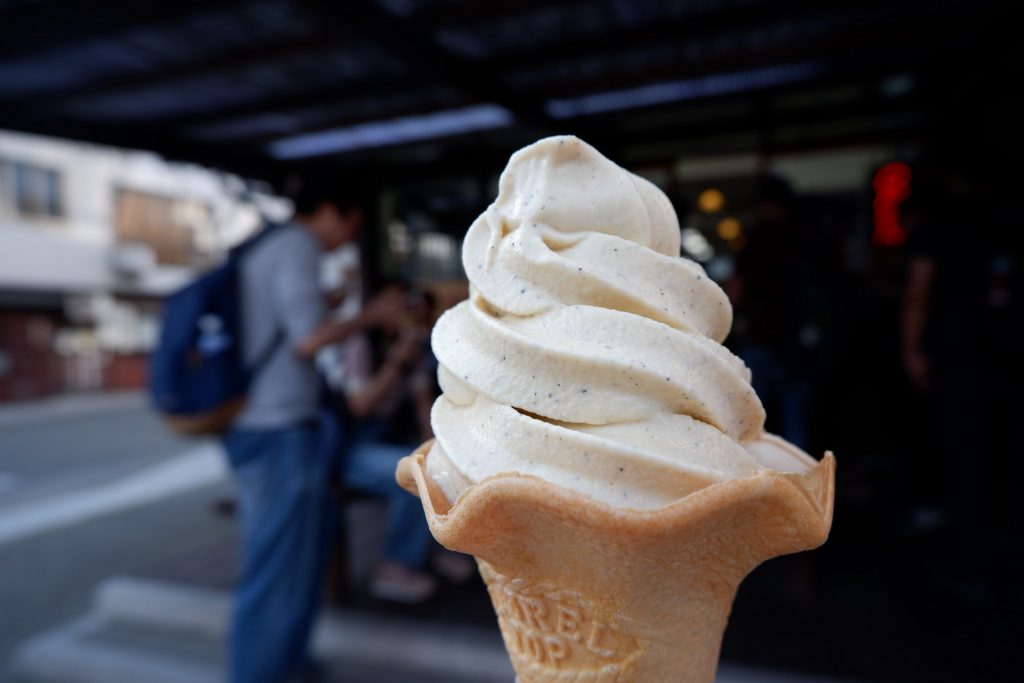
This excursion is one of the many activities organized by the International Student Affairs for the NAIST international students. Such activities are aimed towards promoting camaraderie among international students while deepening their knowledge of the Japanese culture. Come join us next time!
Blue Valentine’s at Nara Park
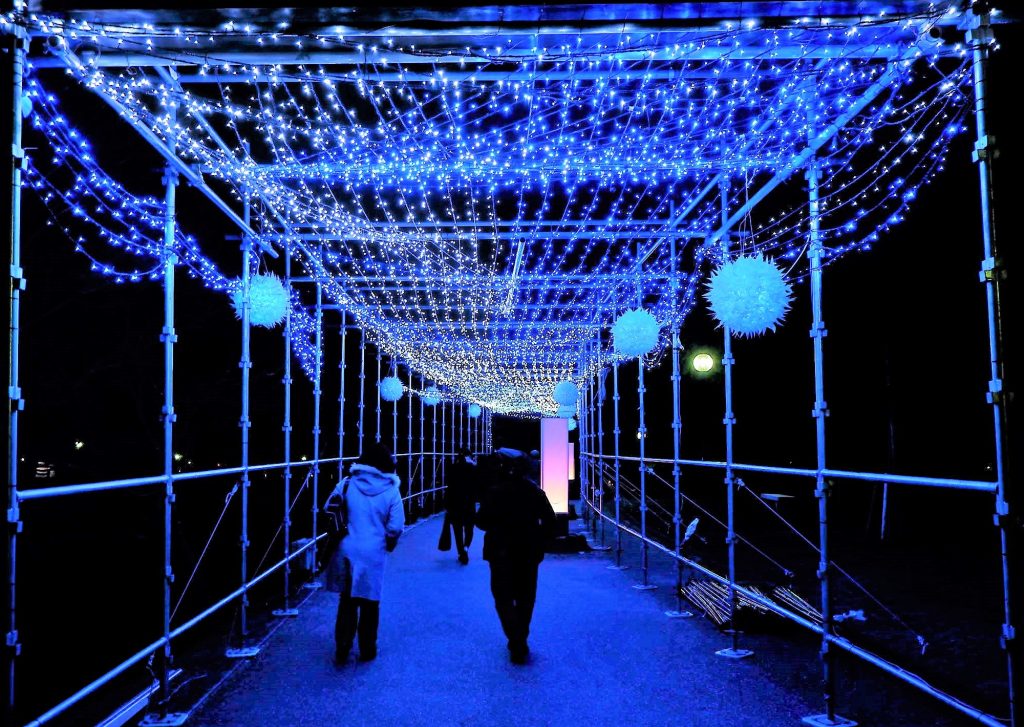
The week of Valentine’s Day glowed anew as the annual Nara Rurie illumination event was held nightly from February 8 to 14, 2019 in the surrounding areas of Nara Park (奈良公園), Todaiji Temple (東大寺), and Kasuga Taisha Shrine (春日大社). Although it offers a romantic scene and is popular among couples, this event is not dedicated for the celebration of Valentine’s Day. It is actually for honoring the “happiness corridors” (しあわせ回廊, shiawase kairō), which are the pathways connecting Todaiji temple, Kasuga Taisha Shrine, and Kofukuji Temple (興福寺): Nara’s three important sacred sites. “Rurie” (瑠璃絵) is a term meaning “azure corridor,” which alludes to the Silk Road trade where azure, a blue-colored mineral was introduced to Japan. It has ever since been regarded as a sacred color associated with happiness. Illuminating the “happiness corridors” with a sacred azure hue has then been a tradition to bring happiness and clarity of mind in prayer for its visitors.
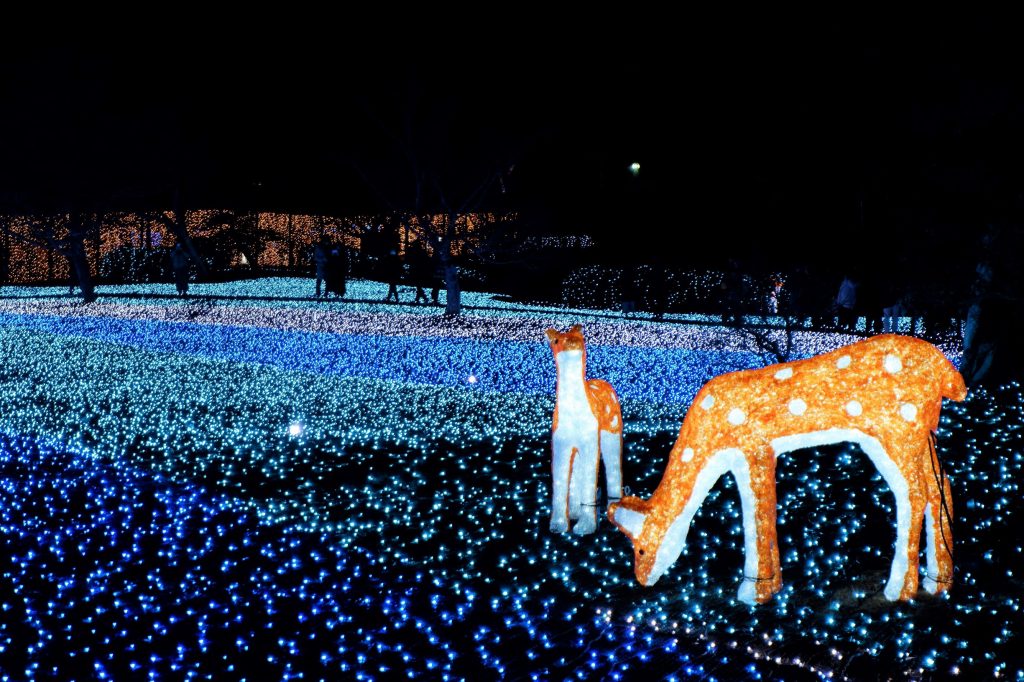
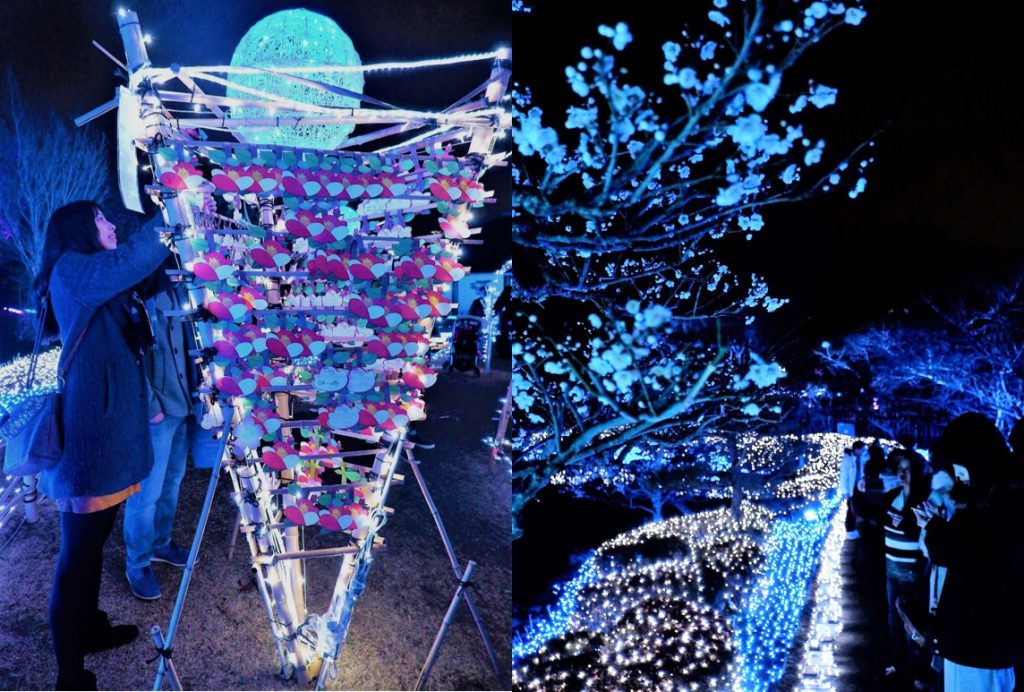
Located at the heart of the area is Kasugano International Forum, which houses the main event attraction. Named the Winter Tanabata Road, it is a garden covered with of blue and white LED lights. Not to be missed are some deer prancing amidst the lights, which in no better way represents Nara Park. Entrance to this main attraction can be either free or paid. The free-zone gives access to a remote viewing of the LED-clad gardens, while the paid area allows a close up experience for a minimal fee of ¥500. As a form of ticket, visitors are provided with a tanzaku (短尺), which is an apple-shaped paper where they can write wishes. The tanzaku can then be hung on trees situated at the end of the Winter Tanabata Road.
Other events outside of the Kasugano International Forum includes special night admissions to the surrounding museums, shrines and temples, Fortune Cocoa selling (or しあわせココア – shiawase cocoa) , Lighting Yorukagura (光の夜神楽, a sacred Shinto dance), and Sky Lantern Anniversary event. Capping off each year’s event on Feb 14th is a ten-minute fireworks display at the Kasugano Park to commemorate the Nara Park anniversary (turning 139 years this 2019).
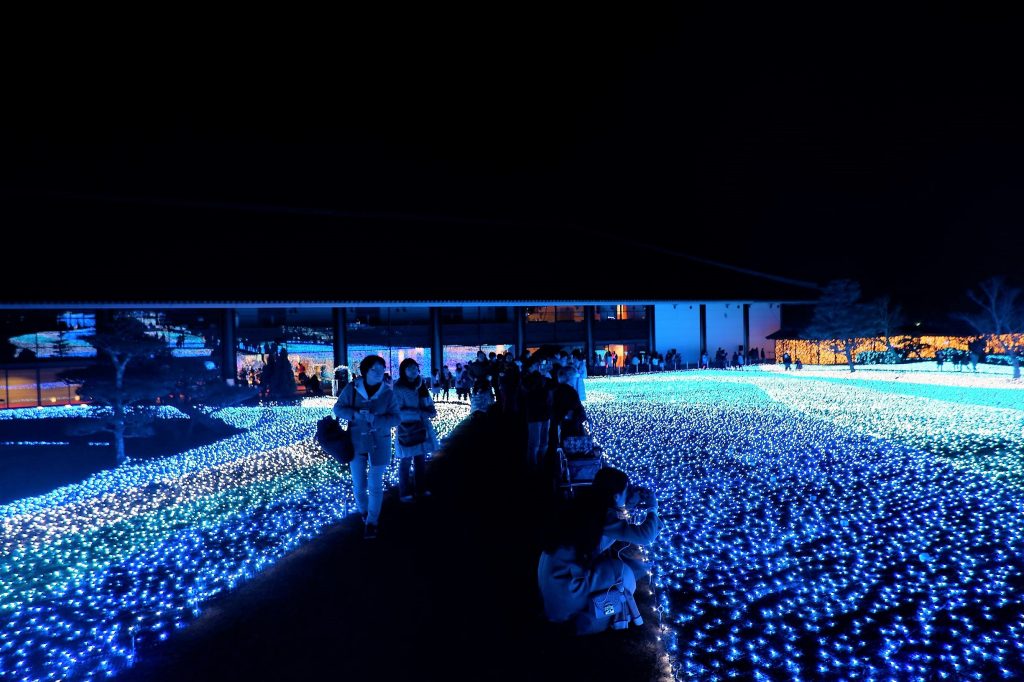
This annual tradition, now on its 10th year, is just one of the many events that are held within the vicinity of NAIST. Aside from visiting famous tourist attractions, students should not miss cultural events such as the Nara Rurie in order to absorb and appreciate Japanese culture.
Exploring Ikoma City’s Secret Gems
NAIST hosted a grand gathering of international students from several universities across northern Nara to explore and experience the hidden treasures of Ikoma.
One Groovy Afternoon: Mahoroba Dance Festival 2018
Culture and dance met onstage during the Mahoroba Dance Festival 2018, which was held last November 25th at the Nara Centennial Hall. This three-hour annual event started in 2009 as a pre-event for the 1300th anniversary of the Heijō transition capital, with an aim to showcase traditional Japanese culture, particularly during the Tenpyo era, through various types of dances.
Continue reading One Groovy Afternoon: Mahoroba Dance Festival 2018
Christmas Party with Filipinos at NAIST
Keeping up with the Yuletide spirit, Filipinos at NAIST celebrated with a Christmas Party.
A Day Trip to Nara’s Illustrious Past
NAIST continually offers opportunities for its students, especially international ones, to experience and be more immersed in Japanese culture, besides the world-class research and academic formation that it primarily provides. Last November, around 12 students participated in a tour around Nara Park and visited three historically and culturally significant places: Todaiji Temple, Kasuga-Taisha Shrine, and the Nara National Museum. Continue reading A Day Trip to Nara’s Illustrious Past

